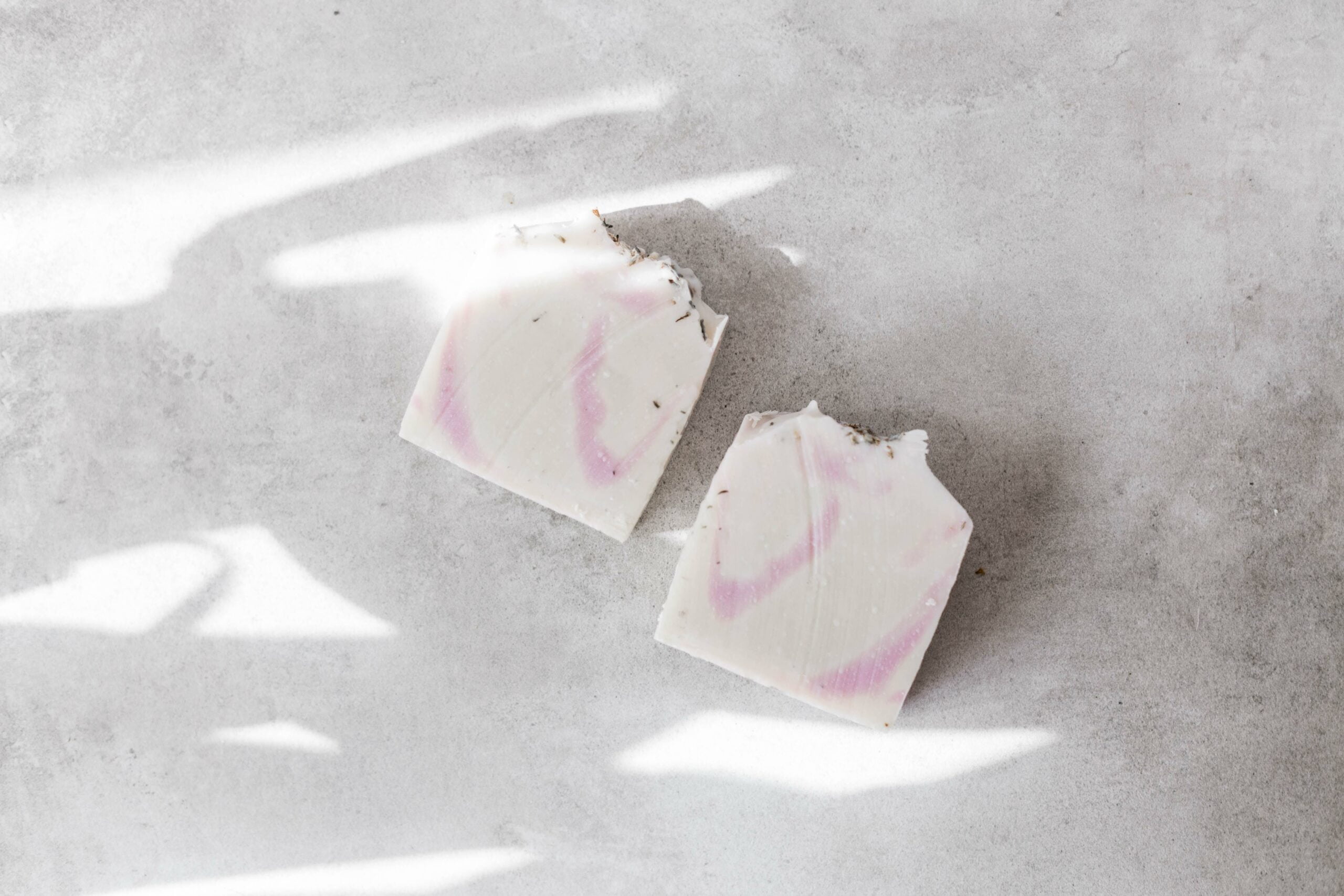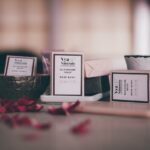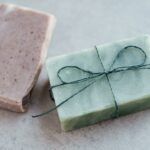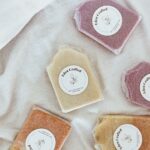Are you ready to explore the fascinating world of soap making? Get ready to uncover some intriguing facts that will leave you in awe of this centuries-old craft. From the science behind the suds to the artistry of scent blending, soap making is an art form that combines passion, knowledge, and creativity. In this article, we will delve into 10 captivating facts about soap making that will leave you with a newfound appreciation for this versatile and essential product. So, immerse yourself in the world of soap making and prepare to be amazed!

Unveiling the Artistry: 10 Intriguing Facts about Soap Making
As an experienced soap maker with a deep understanding of the art and science behind this craft, I’m excited to share with you some interesting facts that will unravel the fascinating world of soap making. So, grab a seat, relax, and let’s dive into the magical world where science meets creativity.
1. The Origins of Soap Making
Have you ever wondered how soap making came to be? Well, let me take you back in time to Ancient Mesopotamia around 2800 BC. It was here that the earliest evidence of soap making was found, using a combination of animal fats and wood ash. From then on, soap making techniques spread throughout the world, evolving into the diverse and luxurious soaps we have today.
2. The Science Behind Soap Making
Soap making is more than just a creative process; it’s a science. At its core, soap making is a chemical reaction called saponification. This reaction occurs when fatty acids, such as oils or fats, combine with an alkali, usually lye. This chemical process transforms these ingredients into glycerin and soap molecules, resulting in the cleansing and nourishing properties we love in our handmade soaps.
3. The Art of Scent Blending
Soap making isn’t just about cleansing; it’s also about indulging our sense of smell. One fascinating aspect of soap making is the art of scent blending. Expert soap makers carefully select essential oils, fragrances, or botanical extracts to create delightful aromas that accompany the soap’s lather. The right combination of scents can transport you to another world, making your shower experience truly memorable.
4. Exploring the Colors
Ever wondered why soaps come in a vast range of colors? Soap makers have mastered the art of color manipulation, using techniques like mica swirling, layering, and embedding to create captivating designs. Natural colorants like clays, herbs, and botanicals can also be used to enhance the visual appeal of the soap. It’s like a canvas in which soap makers unleash their creativity to produce stunning visual masterpieces.
5. Handcrafted Soaps: More than Meets the Eye
Handcrafted soaps are much more than just a pretty sight. They are carefully formulated using high-quality ingredients that nourish and pamper your skin. Artisan soap makers pay meticulous attention to detail, selecting oils, butters, and additives that offer unique properties, such as moisturization, exfoliation, or soothing benefits. Every bar is crafted with love and dedication to bring joy to your skincare routine.
6. The Influence of Chemistry
Soap making combines the art of creativity with the precision of chemistry. Understanding the chemical properties of oils, the pH scale, and the effects of different ingredients is essential for creating a well-balanced and skin-loving bar of soap. With a background in chemistry, soap makers possess a deeper understanding of how different elements interact, allowing them to create superior products that care for your skin.
7. The Therapeutic Benefits
Soap making goes beyond mere cleansing; it can be a nurturing experience for your mind, body, and soul. Expert soap makers infuse their creations with ingredients known for their therapeutic properties. From calming lavender to invigorating citrus, these botanicals can uplift your mood, soothe your senses, or offer relaxation after a long day. Using these specialty soaps can transform your daily routine into a self-care ritual.
8. Specialized Soap Designs
Soap makers are true artists, embracing specialized designs to make their products stand out. From beautifully patterned swirls to intricate hand-carved shapes, the possibilities are endless. With advanced techniques like the “melt and pour” method or the use of specialized molds, soap makers can create stunning visual effects that make each bar a piece of art.
9. The Beauty of Natural Ingredients
If you’re a fan of natural skincare, you’ll be delighted to know that soap making allows us to use a rich variety of natural ingredients. Botanical extracts, clays, herbs, and even food products like goat milk or honey can be incorporated into handmade soaps. These natural elements not only enhance the aesthetics but also provide additional skin-loving benefits, ensuring a luxurious and wholesome bathing experience.
10. A Never-Ending Learning Journey
Soap making is a craft that offers endless opportunities for growth and exploration. From experimenting with new ingredients and scents to mastering advanced techniques, there is always something new to learn. Soap makers nourish their expertise through continuous learning, striving to create innovative products that excite and delight their customers.
In the captivating world of soap making, creativity, science, and artistry come together to produce beautiful and luxurious creations. As you reach for that handcrafted bar of soap, remember the passion, knowledge, and care that goes into its making. Enjoy the sensory experience and cherish the moments of self-care it brings to your everyday life.
“Soap making is a captivating blend of art and science, where every bar tells a unique story.”
If you’ve ever been curious about the fascinating world of soap making, then you’re in for a treat! We’ve compiled a list of fun facts that will leave you amazed and wanting to dive deeper into this craft. From the ancient origins of soap to the intricate chemistry behind its creation, there’s so much to discover. So, if you’re ready to uncover the secrets and surprises of soap making, click here for some mind-blowing fun facts about soap making!
FAQ
Q: What are the different methods of soap making?
A: There are several methods of soap making, including cold process, hot process, melt and pour, and rebatching. Each method has its own unique advantages and requires different techniques.
Q: How long does it take to make soap?
A: The time it takes to make soap varies depending on the method and recipe used. Generally, the soap making process can take anywhere from a few hours to several weeks, as some methods require curing time to allow the soap to harden and become milder.
Q: What ingredients are commonly used in soap making?
A: Soap making traditionally involves the use of fats or oils, water, and sodium hydroxide (lye). Additionally, various additives such as essential oils, botanical extracts, colorants, and exfoliants can be incorporated to enhance the soap’s scent, appearance, and skincare benefits.
Q: Can soap making be a creative process?
A: Absolutely! Soap making provides ample opportunities for creativity. Soap makers can experiment with different scent combinations, color techniques, and design patterns to create unique and visually appealing soaps. It allows the soap maker to express their artistic flair while still maintaining the science behind soap formulation.
Q: Is soap making a sustainable practice?
A: Soap making can be a sustainable practice when done ethically and responsibly. Many soap makers are conscious of choosing sustainable ingredients, opting for organic and eco-friendly options. They prioritize using biodegradable packaging and reducing waste throughout the soap making process, making it a greener alternative to commercially produced soaps.
- Crypto Quotes’ Red Flags: Avoid Costly Mistakes - June 30, 2025
- Unlock Inspirational Crypto Quotes: Future Predictions - June 30, 2025
- Famous Bitcoin Quotes: A Deep Dive into Crypto’s History - June 30, 2025
















